When I first started shooting film alongside my digital cameras I wasn’t really confident what the results would be – whether they would remain a medium for experimentation or whether they would end up a larger part of my artistic workflow. Part of experimentation is discovering things you had never even considered with your current workflow, and film offers so much more capacity for experimentation, with so many more factors to go wrong (or right) and many different types of chemistry to try out and adopt/discard as necessary.
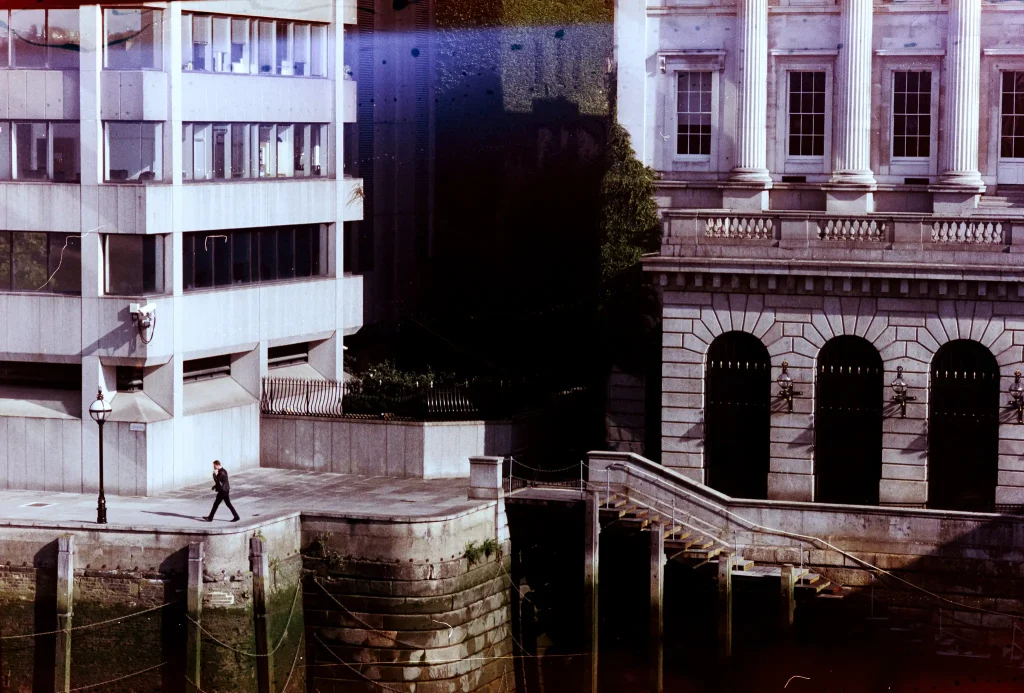
There are a few traits to film photography which most film photographers know about, such as “imperfections” and grain, dynamic range, and resolution, as well as the specific different looks attributed to different emulsions.
In my personal extended use of film it was the high dynamic range element which changed my approach to composition, and the way I approach a scene based on lighting.
I think that a well exposed image on film has a “fullness” in a way that the still limited dynamic range of digital cameras don’t really allow without pulling back the highlights in post. For the style of photography I often shoot in digital I would rely on this absence of highlights for atmospheric silhouettes and exaggerated scenes. Film photography reduces this capacity for exaggeration, leaving scenes which are far more balanced.
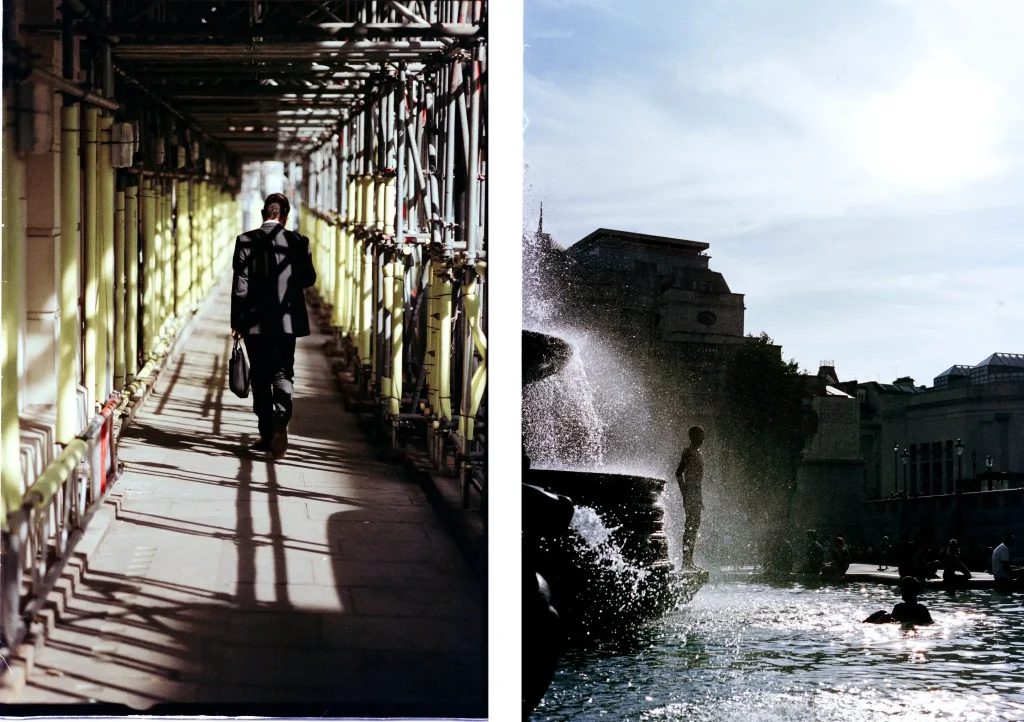
In experimenting with film I realised that my attempts at my usual approach to composition using backlight and strong figure to ground with light and shadow were not going to result in the exposures I was used to. no clipping unless shooting in situations I personally am not likely to encounter
Especially in my images which feature the sky as a background there was far more detail and fidelity in my film examples, sometimes to an extent that would leave images unusable for me – that is, until a second review, which was enough time to learn to appreciate these frames as their own unique images, part of something new in my approach to photography, rather than failed attempts at my then current style.
I never fully appreciated how my clean digital exposures, with no vignetting, colour cast, flare, or light leak, left me with a feeling that my style was “clinical” – without texture or depth. I never considered that another aesthetic might exist, and not just in a way that can be achieved by adding unnatural grain, or shifting colour tones in Lightroom. I think the importance of experimentation with different processes inside photography is to discover answers to questions you don’t realise you are asking.
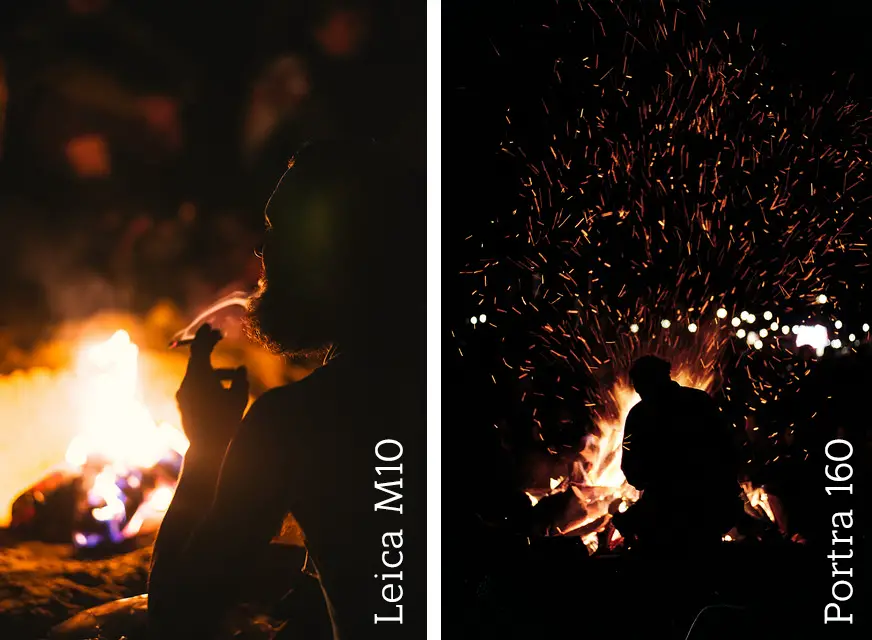
These two images are both of a similar subject; a man illuminated by fire. There are extreme shadows, and vibrant highlights in each, but my decisions and thought process for each was very different. The digital image required metering off the fire, selecting an ISO and shutter speed that would capture the rim-light, and composing for the subject I thought was most interesting.
The film image was shot on Portra 160, which required a naturally lower shutter speed. This meant I decided to wait until the wood crackled and produced sparks, which trailed through the exposure leaving long lines. Not something I would have considered had I been shooting digitally. Additionally, in order to expose for the light on his face I had to blow out the highlights of the flames themselves. This did not happen in my film image, which retained the character and energy of the flames.
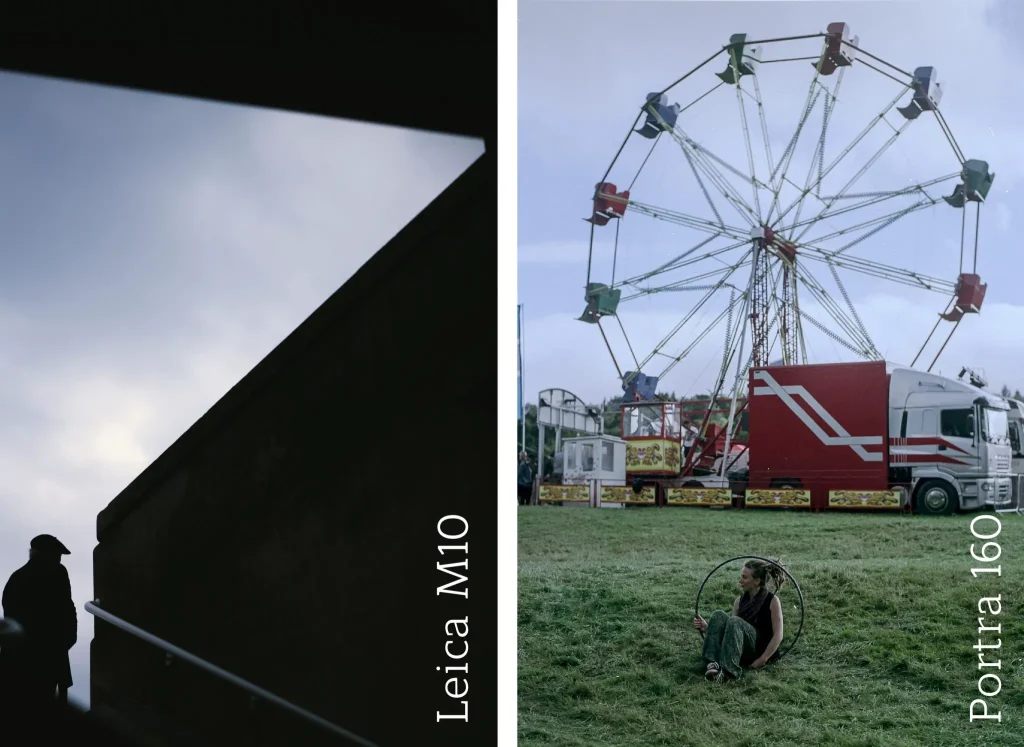
These two images very prominently feature the sky, which is often the brightest highlight I have to deal with. I didn’t have to worry about overexposing on film, and was able to expose for the shadows, leading to an even, colourful frame. I also prefer the rendering of the blue of the sky in the film photograph, the digital rendering is a little metallic.
You also see how much detail I lose in my digital file in the shadow. This is an effect I actually use deliberately for isolation via silhouette. However, in the film image there was a similar amount of shadow in the scene, but because I exposed with the shadows in mind there is more room to use those elements within the frame. Without this the subject holding the hoop would not be exposed at all.
After looking over my film keepers I decided to embrace this approach, to utilise scenes with richer and more vibrant colours, where I would have otherwise passed them by.
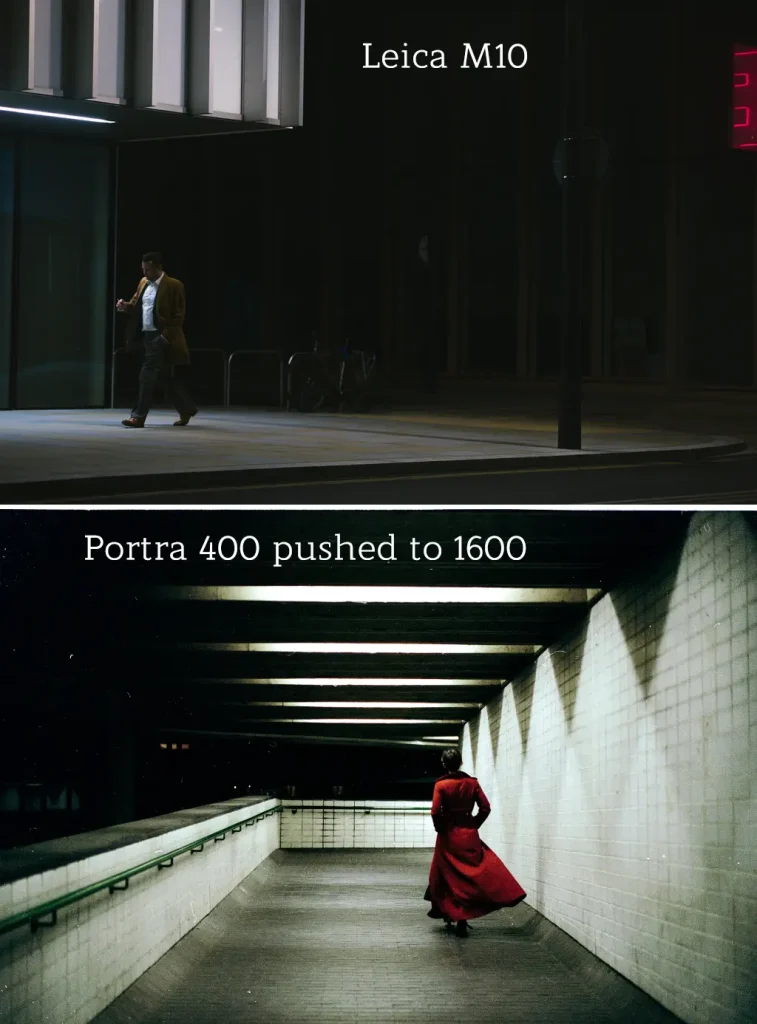
I tend to photograph scenes which feature colour, but with a limited pallette, which can lead to feelings of isolation. Even though in my film photography the subjects themselves are usually isolated it is within a scene featuring colour and vibrancy which accommodates them.
Part of experimenting with film is the timeframe before which I am able to view my images. Digital photography is a fantastic way to learn composition and exposure as the results can be viewed and tweaked instantly. Film photography requires that you wait with anticipation, and feel the loss of a failed frame with more intensity – teaching you lessons you are not likely to forget.
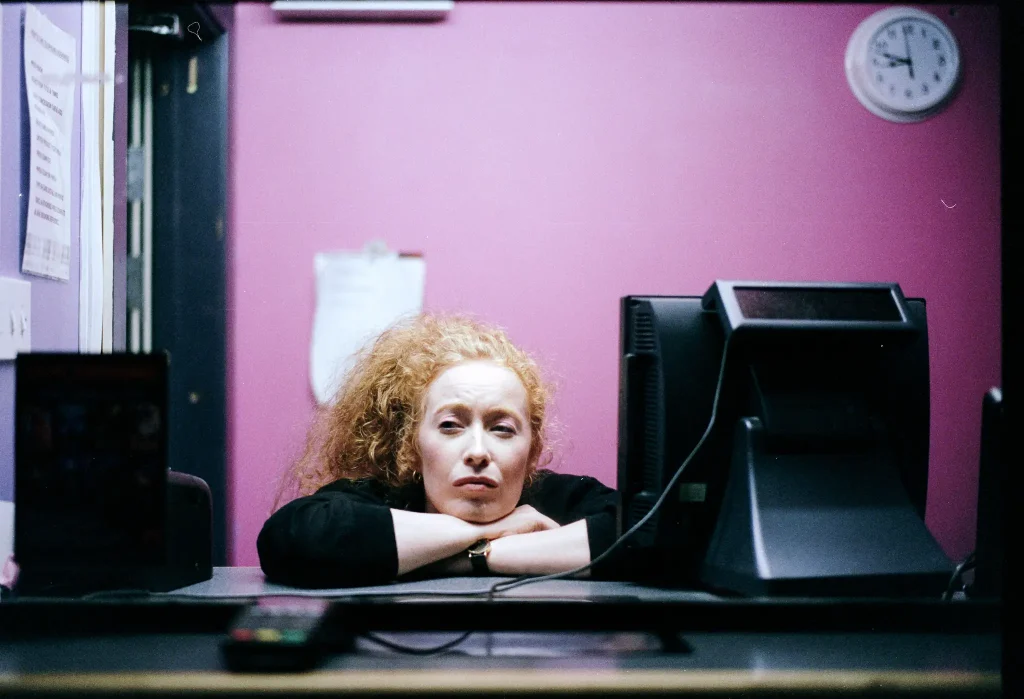
This in turn slows down my workflow and approach to scenes, while I make informed decisions in both technical and artistic directions in order to achieve my practical results.
My advise is to embrace this process of slow change, whether shooting film or digital. Maybe wait until the end of the month before reviewing the contents of your SD card, give the images room to gestate in your memory before addressing the editing and sharing. Experiment, and maybe discover new directions your style can shift towards.
Thanks for taking the time to read my thoughts on how film photography influenced my approach to colour! If you enjoyed my work here please consider following my feed on Instagram. You can also read about past, present, and future projects over on my personal blog!
Share this post:
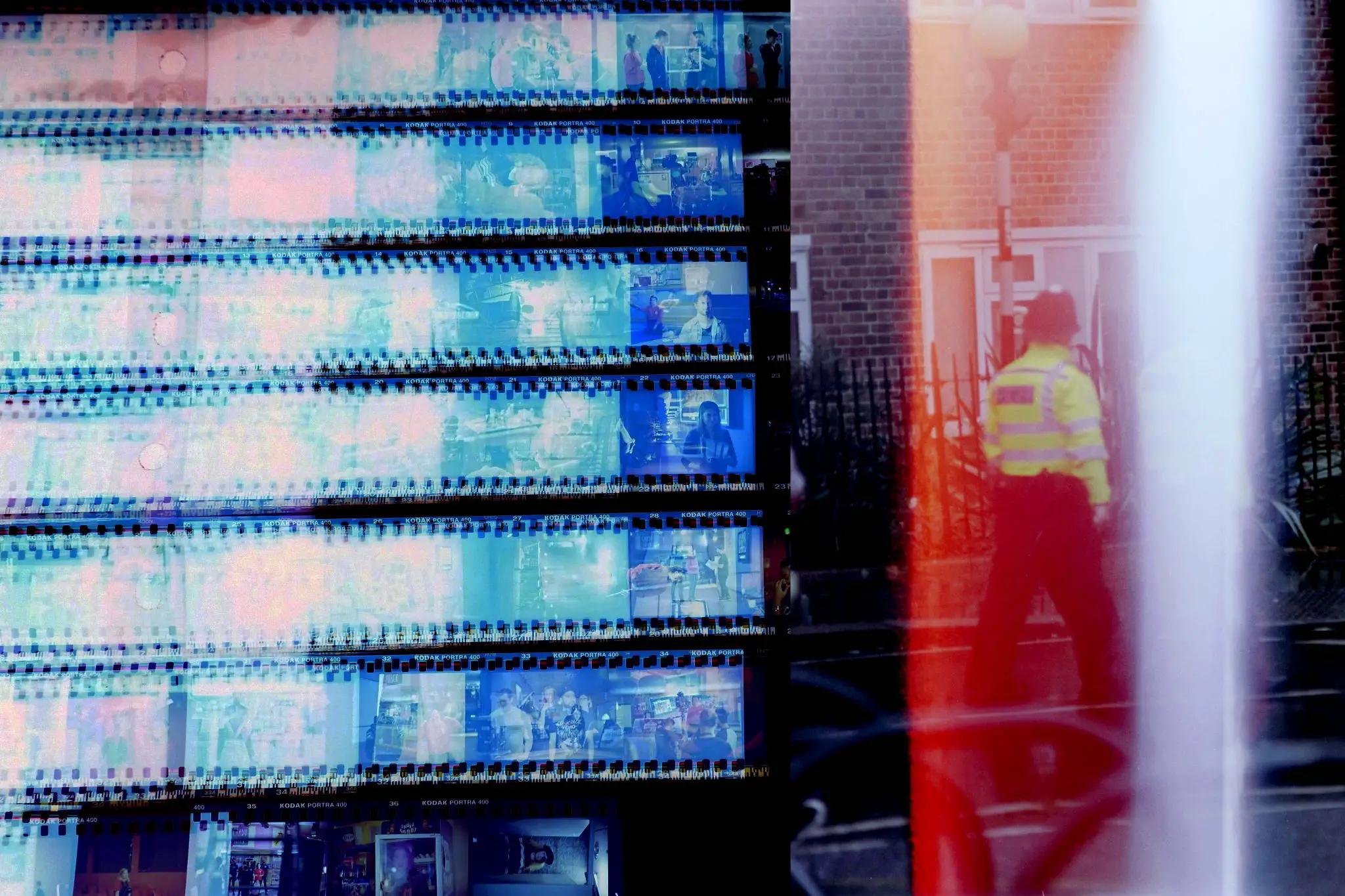
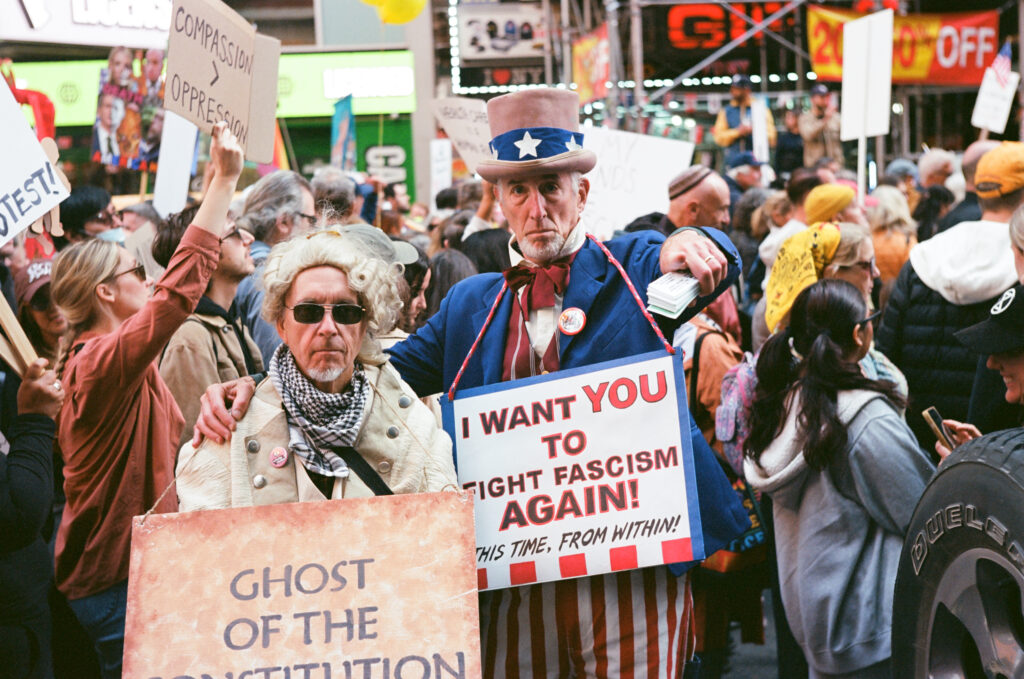
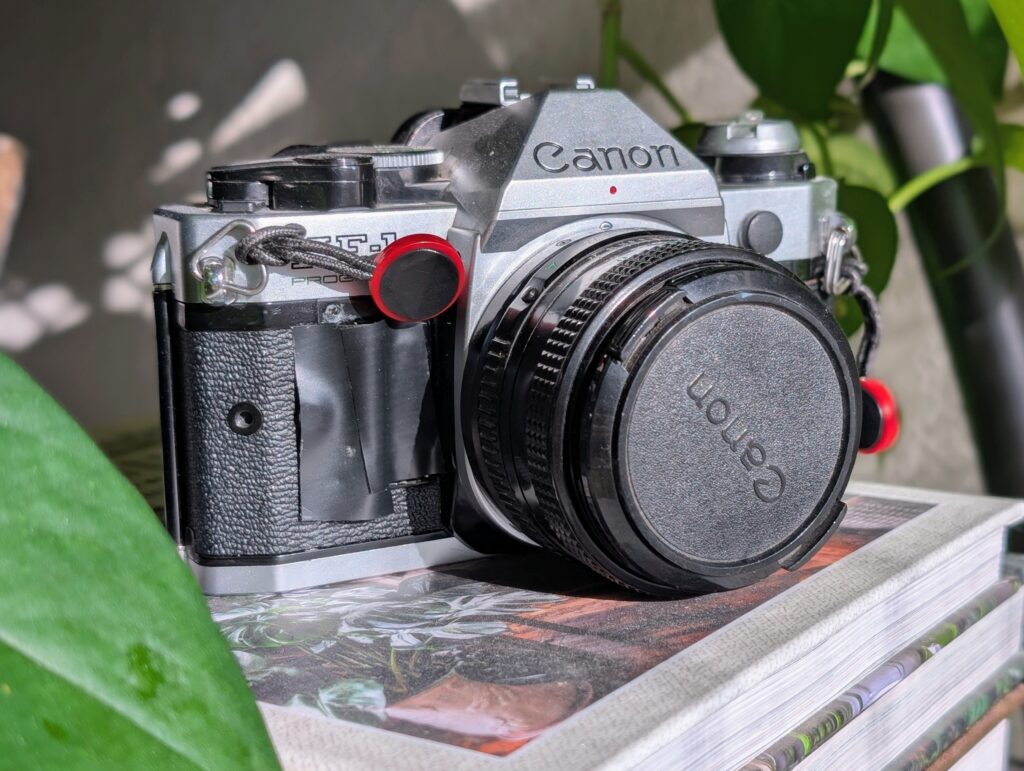
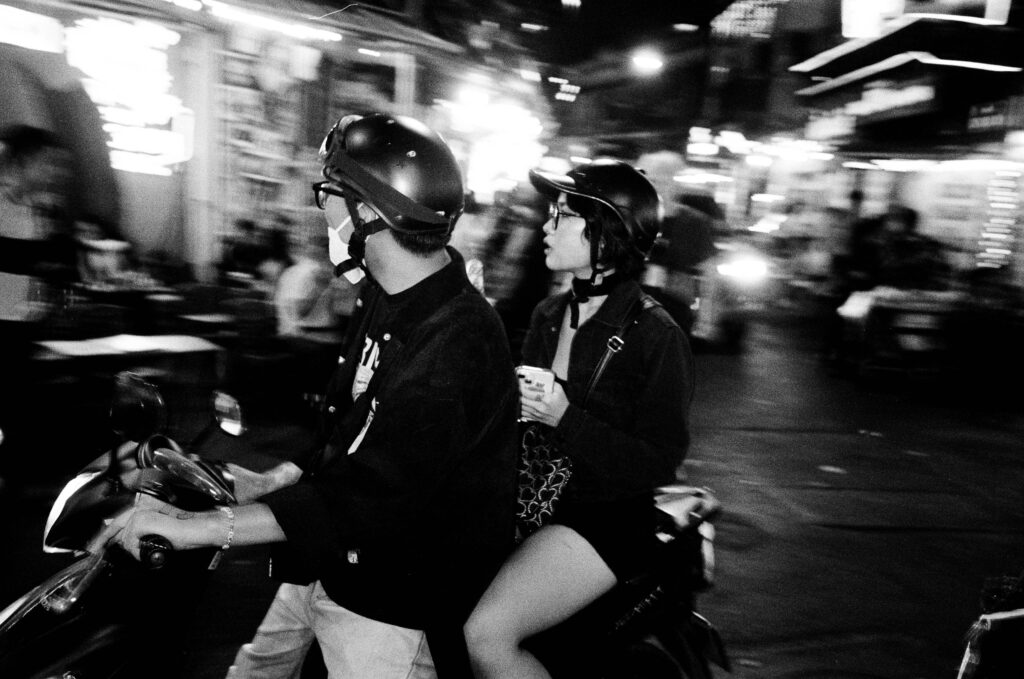
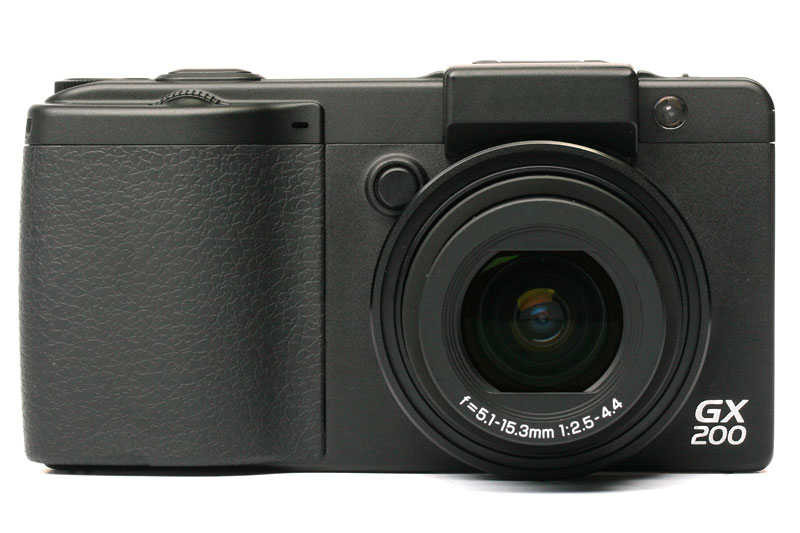




Comments
Nick Lyle on How Film Photography Helped Me to Appreciate Colour – by Simon King
Comment posted: 05/11/2018
Comment posted: 05/11/2018
Gideon Smit on How Film Photography Helped Me to Appreciate Colour – by Simon King
Comment posted: 05/11/2018
Comment posted: 05/11/2018
Daniel Fjäll on How Film Photography Helped Me to Appreciate Colour – by Simon King
Comment posted: 06/11/2018
Comment posted: 06/11/2018
Robin on How Film Photography Helped Me to Appreciate Colour – by Simon King
Comment posted: 06/11/2018
This is a good reason to use film.
I'm 65 today. I've got all my negs from since I was 10 years old. What's more I've got all my dad's negs and plates going back to 1935.
How can we imagine storing that reliably digitally. I use film and digital, but looking after digital long-term is not simple.
I just found this site - I like it, thanks!
Comment posted: 06/11/2018
John Lockwood on How Film Photography Helped Me to Appreciate Colour – by Simon King
Comment posted: 10/11/2018
In short, one must expose for the highlights with digital and the shadows for negative film.
Another solution for your sky images is to use a graduated neutral density filter at the time of exposure to hold back the sky and better balance the exposure.
Or...just buy an iPhone X which apparently utilizes an amazing Smart HDR algorithm that betters the output of a Canon 5D MKIV!